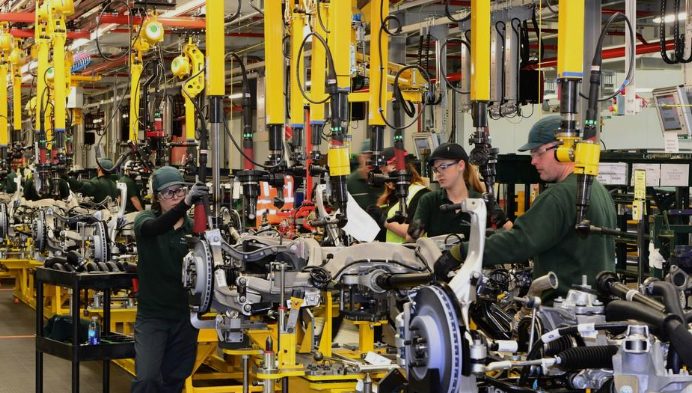Tackling A Mice Infestation In Your Local Business

Dealing with a mice infestation in a business setting can be a daunting task. Mice can cause significant damage to property, contaminate food supplies, and pose health risks. It’s crucial for business owners to take swift and effective action to address the problem and prevent future infestations. This article will guide you through the steps to effectively handle a mice infestation at your local business.
Identifying The Signs Of Mice Infestation
The first step in dealing with mice is identifying their presence. Common signs include droppings, gnaw marks on furniture or food packaging, and strange noises, especially at night. Once you confirm an infestation, immediate action is necessary to control the situation.
Developing A Comprehensive Mice Control Strategy
A thorough approach to mice control involves several key steps:
- Inspection and Assessment: Conduct a thorough inspection of your premises to identify the extent of the infestation and potential entry points for mice.
- Sanitation Measures: Improve cleanliness to remove food sources that attract mice. Regularly dispose of garbage and store food in sealed containers.
- Exclusion Techniques: Seal any cracks, holes, or openings where mice can enter. Use materials like steel wool or caulk to block these entry points.
- Trapping and Removal: Set up traps in strategic locations. There are various types of traps available, including snap traps, live traps, and glue traps.
- Ongoing Monitoring and Maintenance: Regularly inspect your premises for signs of mice and maintain cleanliness and exclusion measures.
Professional Pest Control: When To Call The Experts
While small infestations can often be managed in-house, larger or recurring problems may require professional pest control services. Pest control professionals can provide more comprehensive solutions, including advanced trapping techniques and safe use of rodenticides. You may need to look at engaging a mice exterminator to make sure the problem gets dealt with properly, and quickly. Here’s a comparison of DIY vs. professional pest control methods:
| Method | DIY Approach | Professional Service |
| Scope | Suitable for small, localized infestations | Ideal for extensive or persistent infestations |
| Cost | Generally lower cost | Higher cost but more thorough |
| Expertise | Limited to common methods | Access to expert knowledge and advanced techniques |
| Safety | Requires careful handling of traps and baits | Professionals are trained to handle rodenticides safely |
This table highlights the differences and helps you decide when it’s time to call in the experts.
Legal And Health Considerations In Mice Control
Business owners must also consider legal and health aspects when dealing with mice infestations. It’s important to comply with local health regulations and ensure the safety of employees and customers. This includes using humane methods for trapping and removal and avoiding the use of toxic substances that could harm people or other animals.
Building A Long-Term Partnership With Pest Control Professionals
For businesses that have faced recurring mice problems or want to ensure ongoing protection, building a long-term partnership with a reliable pest control service can be invaluable. These professionals can provide regular inspections, preventative treatments, and rapid response to any new infestation signs. Establishing this relationship not only gives you peace of mind but also ensures that your business is always one step ahead in pest control. They can offer tailored advice based on your specific business environment and needs, helping to maintain a mice-free establishment. This proactive approach is particularly crucial for businesses in areas prone to infestations or those with high foot traffic, where the risk of pest problems is greater.
Prevention: The Key To Long-Term Mice Control
Finally, prevention is better than cure. Regular building maintenance, proper waste management, and ongoing vigilance are crucial to prevent future infestations. Educating your staff about prevention measures can also play a significant role in keeping your business mice-free.
In conclusion, effectively dealing with a mice infestation in your local business requires a multifaceted approach. From early detection and DIY methods to professional intervention and prevention strategies, taking the right steps can ensure your business remains safe and hygienic, safeguarding your property, your customers, and your reputation.
Read Also:













